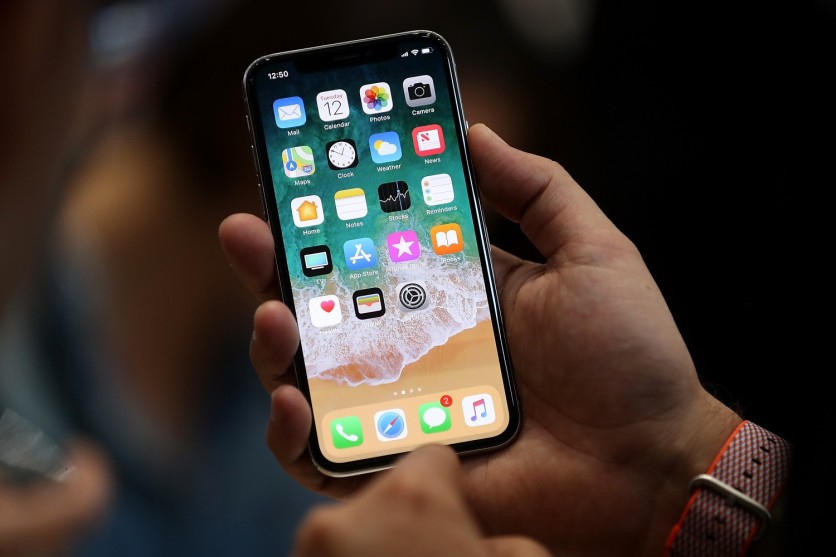
The team behind the much-loved to-do list app Wunderlist is back, with another list app. But maybe you should just stick to a pen and paper.
Wunderlist was a beautiful app right up until Microsoft bought it and turned it into Microsoft To Do. A pain for users who had invested time in getting things set up, but no real loss, as there are a zillion other to-do apps out there, including excellent ones built into your phone.
Three years down the line, the team is launching Superlist, a fresh application that integrates task management with various note-taking and listing features. It's now accessible on Mac, iOS, Android, and the web.
But why bother with a to-do list at all? Perhaps you'd actually get a lot more done if, instead of wasting time futzing with your "productivity" apps, you used a pencil and paper instead.
"I've learned the hard way that using multiple ways to capture tasks can be a recipe for disaster. Yet, capturing tasks at the moment is crucial, so now, I start with pen and paper,"
Tim Hopfinger Lee, a self-confessed to-do list nerd, told Tech Times in an interview. "For me, this is the way. In my view, there is something satisfying when you capture a task on a piece of paper and make it tangible. It's also always on my table, so hard to ignore."
The Productivity Trap
To-do list apps are amazing. They're always with you on your phone, they sync to your computer, and they let you add due dates, tags, and so on. You can capture tasks the moment you think about them by telling your voice assistant to add them to the list. But that's where the advantages end.
There are two ways you can use a to-do list app. One is to dump everything in there and never look at it again. Like an overflowing email inbox with 40,000 unread messages, the to-do list app becomes yet another source of stress and dread. You soon discover that the list is not helping you get anything done.
The other way to use a to-do list app is to really commit. There are several systems that purport to help you capture, process, and organize your to-dos, but for many people, those are rarely the things that actually cause a problem. The problem is actually doing the to-dos. And the more complex and full-featured an app, the more opportunity it gives you to goof off the actual work and rearrange your task list instead.
Here's productivity coach Ravindra Kondekar, who replied to my request for comment on this subject. Kondekar is a fan of organization apps, but his description of the process reveals the problem.
"The digital advantage is undeniable. By going digital, your to-do list could be securely stored in the cloud, accessible from any corner of the world. You can effortlessly copy and paste task descriptions from various sources, such as emails, chats, and PDFs, saving time and reducing the resistance to maintaining your to-do list," Kondekar told TechTimes via email. "Tabulating your tasks takes organization to a whole new level. Instead of a linear list, a tabulated format allows you to categorize and tailor your columns to include project names, task priorities, or any additional notes."
That all sounds like an amazing way to procrastinate instead of actually knocking off a few tasks.
Keep it Simple
So how about paper? No, you can't sync it, but do you need to? Just carry a small notebook and pen with you, along with your phone. The cheaper, the better, so you don't get all precious about what you scrawl in there. You won't get distracted by Instagram when you open it up, and you'll never even have the opportunity to tag entries or dump all those emails, PDFs, and other stuff in there. Those don't need to be on your to-do list anyway. They just make it harder to use.
"I have been using the same planner, the Harvard International Planner, each year for twenty-five years. No app in my mind can match it," professor of business law and ethics at the University of Connecticut and self-confessed to-do list geek Robert Bird told TechTimes. "The boot time is instantaneous, information therein is impervious to viruses, and the search function is as fast as I can run my finger along the page. The planner will never fail, crash, need a version update, require an ad-blocker, or be susceptible to subscription pricing. The act of writing dates and times cements my obligations in my mind."
In reality, one might consider a kind of lightweight hybrid system. A notebook and the reminders app are built into your phone. "Remind me to water the plants when I get home" is a great job for Siri, for example, one that makes less sense on paper. But you don't need to be forever trying out new apps for that.
Give it a go. And beware of the biggest trap of switching to pen and paper: you might turn into a stationery nerd and start wasting all your time on notebook and fountain pen blogs.
Charlie Sorrel has been writing about technology, and its effects on society and the planet, for almost two decades. Previously, you could find him at Wired's Gadget Lab, Fast Company's CoExist, Cult of Mac, and Mac Stories. He also writes for his own site, StraightNoFilter.com, Lifewire Tech News, and iFixit.
ⓒ 2025 TECHTIMES.com All rights reserved. Do not reproduce without permission.




